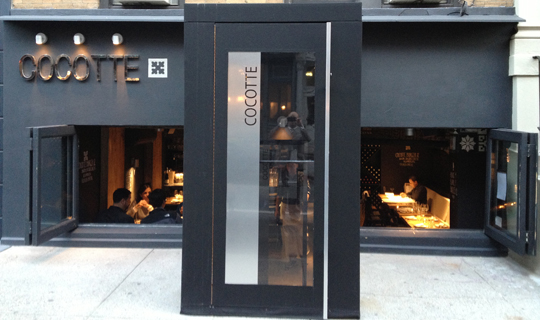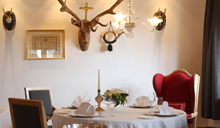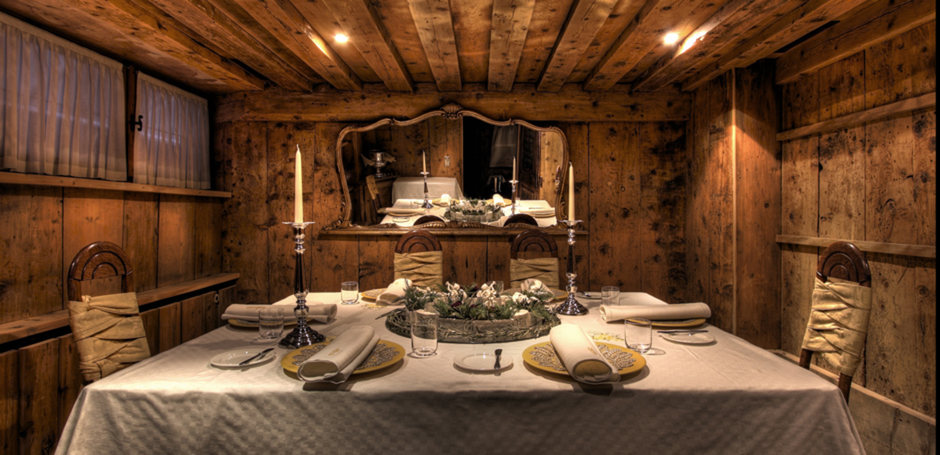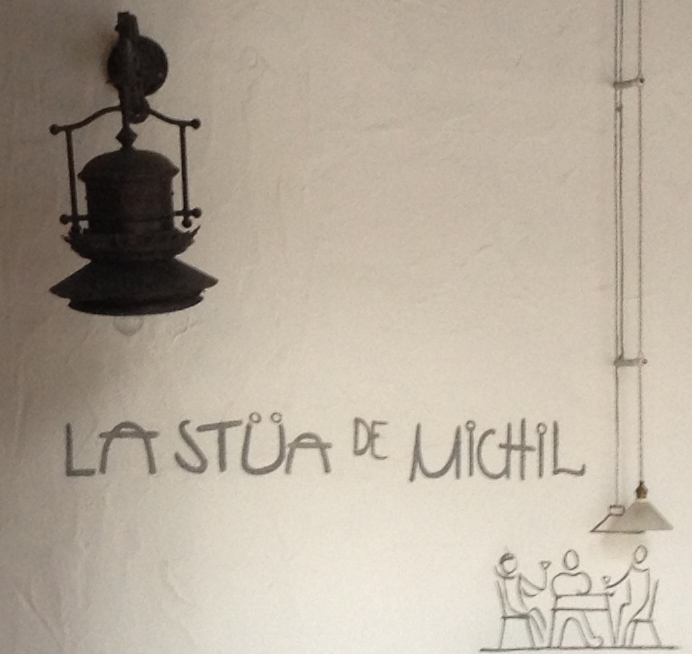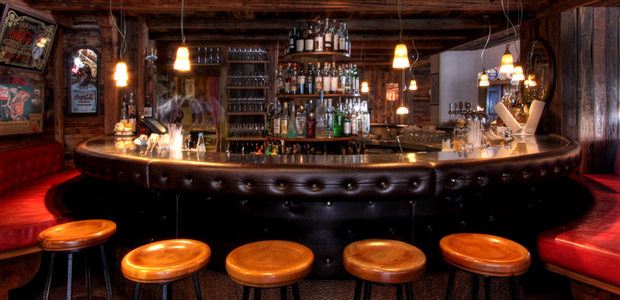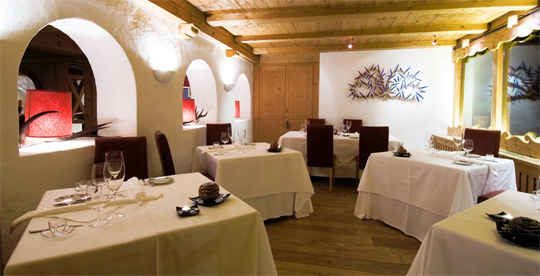


Note: I had my doubts about the viability of this place, and it turns out they were justified. Cherrywood closed in August 2013 after less than six months in business. Hudson Square has been very tough for restaurants, and even by that neighborhood’s standards, this place was poorly located and not enough of a crowd-pleaser.
*
 Cherrywood Kitchen is a cute new neighborhood spot that could bring good food and great fun to an area that has been historically under-served.
Cherrywood Kitchen is a cute new neighborhood spot that could bring good food and great fun to an area that has been historically under-served.
 A lot of restaurants have struggled to find a following here, in Hudson Square, the neighborhood bounded by the Holland Tunnel, Houston Street, Sixth Avenue, and the Hudson River. Some people call the area West Soho, but it’s far enough west that people don’t tend to wander over without a good reason.
A lot of restaurants have struggled to find a following here, in Hudson Square, the neighborhood bounded by the Holland Tunnel, Houston Street, Sixth Avenue, and the Hudson River. Some people call the area West Soho, but it’s far enough west that people don’t tend to wander over without a good reason.
Cherrywood’s entrance, on a side street, isn’t ideally placed. You’re not likely to stumble upon it. Once you get there, you’ll probably enjoy it. The cuisine isn’t meant to be pathbreaking, but a couple of dishes have the potential to be knock-outs.
The owners have gone all-in on the cherry wood concept, which features not only in the cooking but also the décor. Inside, it isn’t quite as red as the photos (above) would suggest, but the space could use a dash of whimsy.
 The publicity materials emphasize chef Chris Cheung’s apprenticeship at Nobu and Jean Georges, but more recently he’s taken turns at quite a few other places, including a stint at Monkey Bar (pre-Graydon Carter), and the short-lived WallE with the Chin brothers. He has been, perhaps, ill-served by some of these projects.
The publicity materials emphasize chef Chris Cheung’s apprenticeship at Nobu and Jean Georges, but more recently he’s taken turns at quite a few other places, including a stint at Monkey Bar (pre-Graydon Carter), and the short-lived WallE with the Chin brothers. He has been, perhaps, ill-served by some of these projects.
The eclectic menu here is concise and takes a decidedly populist bent, with dishes labeled snacks ($5–14), small plates ($11–14), large plates ($21–46), sides ($5–8), and desserts ($8–11). The cuisine spans many cultures while being beholden to none; an Asian accent is detectable at times, not a surprise given the chef’s background.
With such dishes as Salmon Head Salad and Eel Stuffed Freshly-Killed Chicken, he’s not afraid to challenge the diner, though many other dishes are far more straightforward (braised lamb shoulder, smoked ribs). Most of the entrées are under $30. They are, in general, not unreasonably priced for the area, but a $21 burger strikes me as audacious.


The house-baked ciabatta, the size of a large grapefruit, with blue cheese butter (above left), is a highlight, instantly entering the pantheon as one of the best bread services in town. Lobster Tacos ($14; above right) offer a crunchy snack, although I wanted more flavor out of the lobster.


I’m a sucker for appetizers that feature freshly poached eggs, and this one ($14; above left) didn’t disappoint, here served with smoked asparagus and a generous helping of Serrano ham. The table gave nods of approval to the Garlic and Shallot Soft-Shell Crabs ($26; above right) with baby artichokes.


“Fresh-killed” chicken has been turning up on menus lately. (Jeff Gordiner, in a piece for The Times, explained exactly what that means.) At Cherrywood, perhaps more notable than the chicken’s death certificate is the eel stuffed under the skin, which imparts a terrific smoky flavor.
A side of French Fry Ends ($7; above right) with a bacon crumble sounded better than it was. Better eaten with a spoon than a fork, it needed a binder, perhaps cheese, to prevent its constituent parts from rolling away.
The wine list is a typical starter set of about 20 bottles (per the website; I think it was fewer when we visited). If you’re at the bar, order the excellent sangria (normally $12/glass, although we weren’t charged).
The restaurant was not crowded, although a Wednesday evening, at a restaurant that was only about a week old at the time, is hardly an indication of a typical crowd. We were treated well: it’s only fair to note that I was recognized.
The chef’s experiments aren’t all successful, but there are enough hits to make Cherrywood Kitchen well worth a visit if you’re in the area.
Cherrywood Kitchen (300 Spring Street, west of Hudson Street, Hudson Square)
Food: An eclectic American menu with global accents
Service: Friendly, enthusiastic
Ambiance: A handsome, dark-wood look; a comfortable space
Rating: ★
 Monday, April 29, 2013 at 07:00PM
Monday, April 29, 2013 at 07:00PM 
 Parea was relevant for a short while, back in 2006, when Frank Bruni gave it two stars. When I visited for the first time, in early 2007, I thought he was exactly right, but a later visit found a restaurant that had run off the rails.
Parea was relevant for a short while, back in 2006, when Frank Bruni gave it two stars. When I visited for the first time, in early 2007, I thought he was exactly right, but a later visit found a restaurant that had run off the rails.




